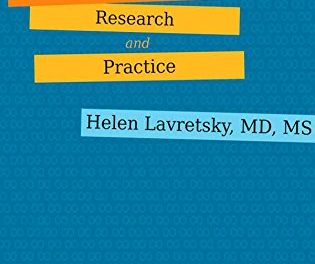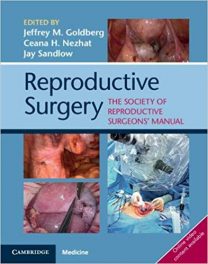Author: Bajeerao Patil
Publisher: Eloquent Books. 347 pages
Book Review by Ramu Nakliba
This book is about drug, alcohol and sex addicts. The author is a behavioral therapist and counselor who has been helping such people recover from these problems for over two decades.
The pages of this book are full of case studies including actual communications with the patients in the rehabilitation center that Patil works in, in Wallingford, Pennsylvania.
This book then, has a large cast of characters who relate the details of their addictions in their interactions with the author. This is an ingenious approach to let readers know about various types of addictions and what perverse effects they have had on people, rather than writing about each type of abnormal behavior in a purely academic fashion.
We commend the author for taking such a down-to-earth, practical approach to let readers know about how people become addicts.
What differentiates addicts from normal people? Nothing describes addicts better than what is written about them on the back cover of the book:
“Visit the sad and often strange world the addicts find themselves in; your eyes will be opened to stories that happened behind the closed doors. Addicts truly believe they cannot live without alcohol or drugs, but the misery of their dependence causes unhappiness, denial and reckless behavior….
“Selfish, distorted thinking, my-way-or-the-highway attitudes abound. Lives are shattered and dreams abandoned as the addicts spin out of control deep into self-destruction.
Bajeerao Patil has done an excellent job of bringing the world of alcohol, drug and sex addicts to the layman. Their insanity is truly beyond understanding as he explains that many of them have gone beyond using logic and reason to comprehend that their compulsive behaviors are making their situations worse.
Addicts escape from their deplorable condition through substance abuse. Addicts typically blame their outside world for their condition. Many are not even able to accept that they are abnormal, which makes the counselor’s task even more difficult.
Many addicts suffer from a poor self-image and are simply unable to establish a good relationship with themselves, which is a key initial component in the effort to rehabilitate themselves and break their cycle of dependence.
This is an eye-opening book on the world of addicts. We commend Patil for this great piece of work.






